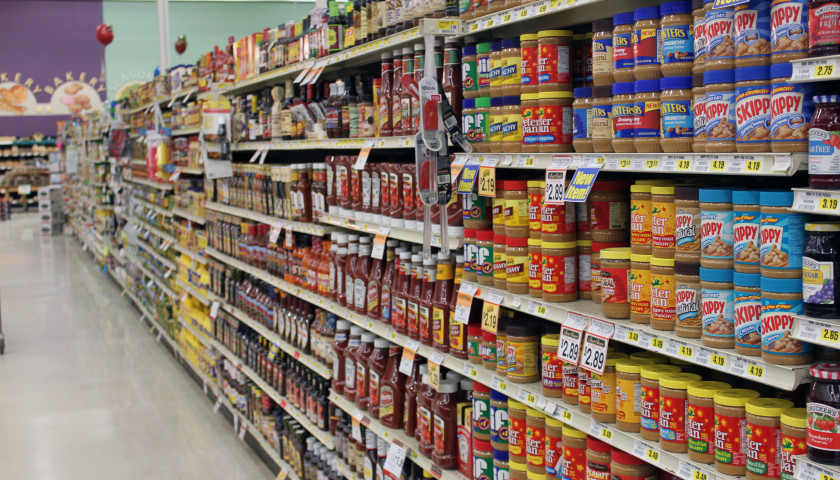Grocery Store Facts
A grocery store is a store that sells a wide variety of food. Most grocery stores also sell a variety of other household products that are consumed regularly, such as alcohol (where permitted), household cleaning products, medicine, clothes, and some sell a much wider range of non-food products.
Grocery stores are often part of a chain that owns or controls (sometimes by franchise) other grocery stores located in the same or other towns; this increases the opportunities for economies of scale. In the United States, grocery store chains are often supplied from the distribution centers of a larger business.
Grocery stores usually offer products at low prices by reducing margins. Certain products (typically staples such as bread, milk and sugar) are often sold as loss leaders, that is, with negative margins. To maintain a profit, grocery stores attempt to make up for the low margins with a high overall volume of sales, and with sales of higher-margin items.
Customers usually shop by putting their products into shopping carts (trolleys) or baskets (self-service) and pay for the products at the check-out. At present, many grocery store chains are trying to reduce labour costs further by shifting to self-service check-out machines, where a group of four or five machines is supervised by a single assistant.
A larger full-service grocery store combined with a department store is sometimes known as a hypermarket. Other services that grocery stores may have include cafés, creches, photo development, pharmacies, and/or gas stations.
Grocery Store History
Early retailers did not trust their customers. In many stores, all products had to be fetched by an assistant from high shelves on one side of a counter while the customers stood on the other side and pointed to what they wanted. Also, many foods did not come in the individually wrapped consumer-size packages taken for granted today, so a clerk had to measure out the precise amount desired by the consumer. These practices were obviously labor-intensive and therefore quite expensive.
The concept of a self-service grocery store was developed by Clarence Saunders and his Piggly Wiggly stores. A&P was the most successful of the early chains in the United States, having become common in American cities in the 1920s.
The general trend in retail since then has been to stack shelves at night and let the customers get their own goods and bring them to the front of the store to pay for them. Although there is a higher risk of shoplifting, the costs of appropriate security measures will be ideally outweighed by the economies of scale and reduced labor costs.
According to the Smithsonian Institution, the first true grocery store in the United States was opened by ex-Kroger employee Michael J. Cullen, on August 4, 1930, in a 6,000 square foot (560 m²) former garage in Jamaica, Queens, New York[1]. The store, King Kullen, following King Kong, operated under the slogan “Pile it high. Sell it low.” When Cullen died in 1936, there were seventeen stores in operation.
Grocery Store Proliferation
Grocery stores proliferated in the United States along with suburban areas after World War II. grocery stores in the USA are now often co-located with department stores in strip malls and are generally regional rather than national. Kroger is probably the closest thing in the U.S. to a national chain but has preserved most of its regional brands like Ralphs.
It was formerly common for grocery stores to give trading stamps. Today, most grocery stores issue store-specific “members cards,” “club cards,” or “loyalty cards” which are scanned at the register when the customer goes to check-out. Typically, several items are given special discounts if the credit card-like devices are used.
In Britain, France and other European countries, the proliferation of out-of-town grocery stores has been blamed for the disappearance of smaller, local grocery stores and for increased dependency on the motor car (and the consequent traffic). In particular, some critics consider the practice of selling loss leaders to be anti-competitive, and are also wary of the negotiating power large retailers have with suppliers.
Today grocery stores face price competition from discount retailers such as Wal-Mart (non-union labor and greater buying power) and warehouse stores such as Costco (savings in bulk quantities).




